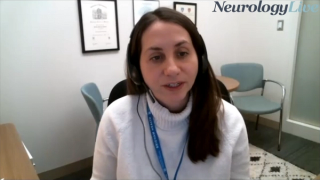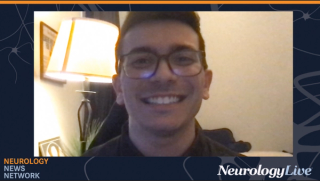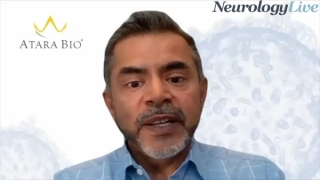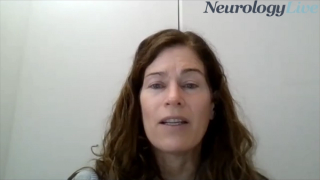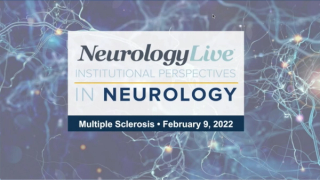
MS and Demyelinating Disorders
Latest News
Latest Videos

CME Content
More News

The director of IT and Neuroinformatics Development at the Buffalo Neuroimaging Analysis Center provided a realistic perspective of when and how AI will be incorporated into the wider medical system.

With the field of multiple sclerosis care focusing on the importance of patient-reported outcomes and shared decision-making, the physical therapist at UC Health and cochair of the International Organization of MS Rehabilitation Therapists offered commentary.

The director of IT and Neuroinformatics Development at the Buffalo Neuroimaging provided thoughts on artificial intelligence’s role in neuroimaging and treating multiple sclerosis.

Joshua Katz, MD, commented on the possibility of an extra vaccine dose for patients with MS and experts’ hope to improve antibody response among the immunocompromised.

The division chief of vascular neurology at the University of Utah discussed the misperceptions surrounding the field of neurology, as well as the importance of increasing fellowship training.

The director of IT and Neuroinformatics Development at the Buffalo Neuroimaging Analysis Center provided thoughts on the trending topics within the neuroimaging space.
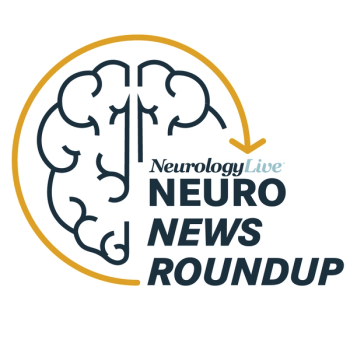
Get the latest news in neuromyelitis optica spectrum disorder, with data updates and expert insights, all in one place from the NeurologyLive team.

The division chief of vascular neurology at the University of Utah discussed the driving force behind the national shortage of neurologists and its effect on patient care.

Amid an ongoing national shortage of clinicians who treat neurologic diseases like MS, the cochair of the International Organization of MS Rehabilitation Therapists discussed the availability of rehabilitation professionals for patients.

Here's what is coming soon to NeurologyLive.

The physical therapist at UC Health and cochair of the International Organization of MS Rehabilitation Therapists spoke to the current standards of rehabilitative care among patients with multiple sclerosis.

Jennifer Majersik, MD, MS, commented on how the AAN, as well as current neurologists and specialists, can help generate interest in the field of neurology to meet patient needs.

The chairman of the Clinical Advisory Committee of the New England Chapter of the National MS Society addressed the role DMTs play in patient response to the COVID-19 vaccine.

Neurology News Network for the week ending September 11, 2021.

Jennifer Majersik, MD, MS, division chief of vascular neurology at the University of Utah, discussed contributing factors to the neurologist shortage, as well as ongoing efforts to increase interest in the field.

Take 5 minutes to catch up on NeurologyLive's highlights from the week ending September 10, 2021.

The codirector of the Elliot Lewis Center for Multiple Sclerosis Care discussed the prospective COVID-19 vaccination booster and its implication for patients with MS.

Bryan Walker, MHS, PA-C, describes the rationale for treating relapsing multiple sclerosis (MS) with sphingosine 1-phosphate (S1P1) receptor modulators and compares available options.
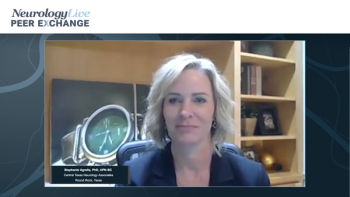
Best practices for treating patients with relapsing multiple sclerosis (MS) with cladribine, based on data revealed by clinical trials and experience in real-world practice.

The registry aims to enroll approximately 800 patients with NMOSD to evaluate the efficacy of new medications and treatments.

The director of IT and Neuroinformatics Development at the Buffalo Neuroimaging Analysis Center discussed the potential advantages AI-built neuroimaging brings to neurology.

Every patient who underwent physical therapy reported a positive change, ranging from moderately better to much better, while 9 patients on placebo did not notice significant changes or reported worsening of their condition.
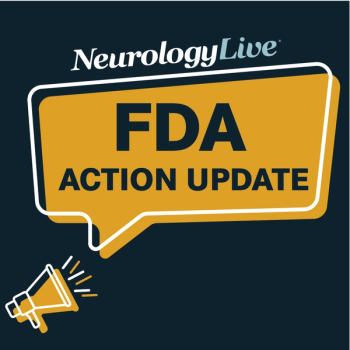
Catch up on any of the neurology news headlines you may have missed over the course of the last month, compiled all into one place by the NeurologyLive team.

Although infusion-related reactions were among the most frequently reported AEs, most patients did not experience them, and the majority of those who did reported mild to moderate reactions.

Here's what is coming soon to NeurologyLive.






